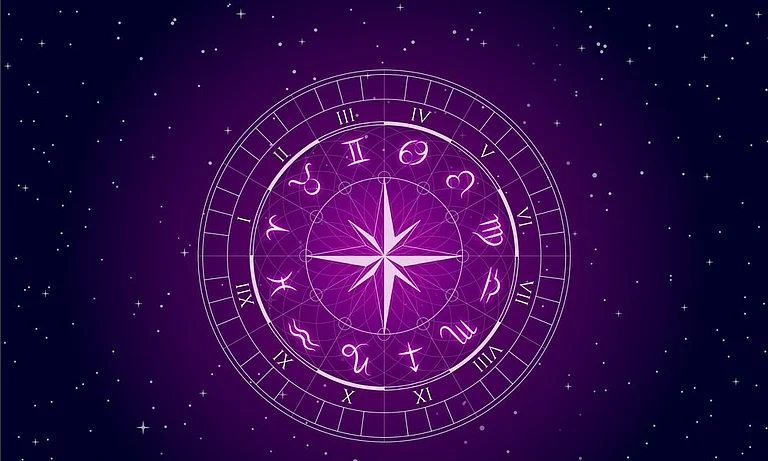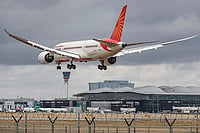The month of June commemorates the members of the LGBTQ+ community, and recognises the suffering that they have gone through and continue to go through even today. The Pride Flag is a symbol of diversity and inclusivity within the LGBTQIA+ community and represents the celebration of identity, togetherness, and allyship.
This Pride Month, the Pride Flag has been updated to be more inclusive and incorporate intersexuality. According to The Independent, Planned Parenthood has defined intersexuality as when a person is born with reproductive or sexual anatomy that doesn’t fit the boxes of “female” or “male”. It is natural and not considered to require medical treatment.”
The ‘Intersex-Inclusive Progress Pride Flag’, redesigned by Valentino Vecchiettie, adds a yellow triangle with a purple circle to represent intersexuality. The Intersex Human Rights Australia organisation said “This is one attempt to create something that is not derivative, but yet is firmly grounded in meaning. The colour yellow has long been regarded as an intersex color, neither blue nor pink. Purple, too, has been used for the same purpose.”
The original pride flag featured eight colours – hot pink, red, orange, yellow, green, turquoise, indigo, and purple. Later, this pride flag was simplified to include only the six main colours of the rainbow. As time progressed, different variations of the flag were created, which included specific flags for each identity in the LGBTQ+ community.
Over the years, the pride flag has been revamped multiple times – in 2017, Amber Hikes updated the flag with black and brown colours to include racial diversity under the umbrella of ‘pride’. According to NBC News, Amber said that “It’s a push for people to start listening to the people of color in our community, start hearing what they’re saying, and really to believe them and to step up and say, ‘What can I do to help eradicate these issues in our community?”
A year later, the transgender colours (blue, pink, and white) were added by Daniel Quasar, a non-binary artist and designer. “This new design forces the viewer to reflect on their own feelings towards the original Pride flag and its meaning, as well as the differing opinions on who that flag really represents, while also bringing into clear focus the current needs within our community,” said Quasar about his design. The original transgender pride flag was designed by a trans woman named Monica Helms in 1999.
The most recent version of the flag strives to be as inclusive as possible, ensuring that no one feels unwelcome in the LGBTQ+ community. Each colour represents the values of the community.
Red, orange, yellow, green, indigo, and purple symbolise life, healing, new ideas, growth and prosperity, serenity, and spirit respectively. The black and blue stripes are representative of people of colour, who have often been left out of the LGBTQ+ narrative. The pink, blue, and white stripes represent the transgender community, who form the ‘T’ in ‘LGBTQ+’. The colours pink and blue are traditionally used to represent baby boys and girls, hence white is designated for those who are intersex, transitioning, or not conforming to the gender binary. Finally, the latest addition to the flag, the colour yellow with a purple circle, represents the intersex community, which is gradually starting to receive more recognition in the community.


























